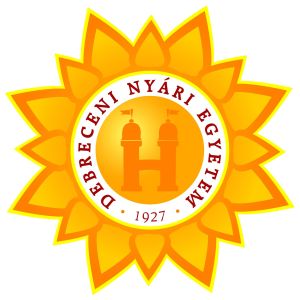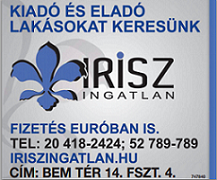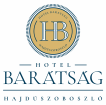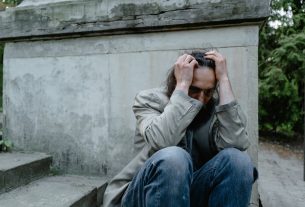The digitalization of Hungary’s public collections began two decades ago. Today, national institutions and regional museums alike are increasingly engaged in preserving cultural heritage through modern technologies. In the following interview, a cultural official discusses the recent momentum in digitization, archival missions abroad, and how libraries and museums are reaching out to young people and small communities across the country.
The digitalization of public collections in Hungary began about 20 years ago. How is the process going today?
It’s been quite an intense journey. Hungary has a rich and complex heritage—not just our own historical records and artifacts, but also the legacies of previous civilizations in the Carpathian Basin, such as the Romans. Over the past years, digitalization has accelerated significantly.
Each public collection has at least one or two leading institutions paving the way, while others follow. For example, the National Archives are at the forefront when it comes to archival digitization. Meanwhile, the National Library is capable of digitizing up to 60 million pages annually, which is an impressive capacity.
In the museum field, the Hungarian National Museum leads a collaborative digital platform called MaNDA (Hungarian National Digital Archive), showcasing digitized items from across the country. But I’m especially proud of the Museum of Ethnography. After relocating, they underwent major restructuring and managed to digitize most of their collection. I believe it is now the museum with the highest percentage of digitized artifacts in Hungary.
Hungary has also sent cultural diplomats abroad to locate important historical materials. What’s the purpose of this mission?
Sadly, due to wars and border changes, a significant portion of Hungarian history is missing from our own archives. These special cultural diplomats are tasked with visiting archives in major cities abroad—places where we believe parts of our national memory have been scattered.
Their goal is to identify, catalog, and if possible, digitize and repatriate these materials. We want to piece together the missing chapters of our past and make them accessible to scholars and citizens alike.
Let’s talk about the Library Challenge program. How is the Ministry of Culture and Innovation supporting libraries, and what impact is it having?
We’ve observed a steady rise in both library registrations and document checkouts over the last two years. So we launched the Library Challenge to build on this momentum and support libraries in increasing their reach even more.
The results have been remarkable. Even in large, well-established libraries—like the one in Debrecen, where we assumed growth potential was minimal—usage is increasing. For example, children under 14 now make up over 20% of new library members there. That’s a significant figure.
In smaller towns and villages, where the library is often the sole cultural institution, we’ve seen exponential growth. That’s especially meaningful because it helps strengthen community life and local education opportunities.
And what about rural museums and the Hungarian Genius program?
Back in 2012, we made a strategic decision to transfer local museums into the hands of local governments. These museums hold artifacts tied closely to their specific communities, so local management makes sense—and it’s worked well.
At the same time, the national government remains involved, especially in terms of funding exhibitions and interior renovations. One of the latest projects was “Major Engineers,” preceded by a large-scale community museum program. We’re currently working on expanding those efforts even further.
How can children be better engaged with museums and libraries in Hungary?
I believe “museum pedagogy” in Hungary today is as transformative as the Kodály Method was for music education in the 20th century. Museums are evolving beyond storage spaces for artifacts—they’re becoming centers of interactive learning and knowledge transmission.
It’s not just about preservation anymore; it’s about helping children and young people connect with history, science, and culture in ways that are hands-on and memorable.
Finally, what were the outcomes of last year’s Cultural Routes meeting organized by the Council of Europe?
The event, hosted by the Open Air Museum in Szentendre, was a resounding success. Feedback was overwhelmingly positive. This year, the next meeting will take place in Turkey.
The Cultural Routes program highlights shared heritage and values across European nations. That’s a vital mission—especially in today’s world—because it fosters unity through cultural understanding.
(N. Nagy Sándor)


















